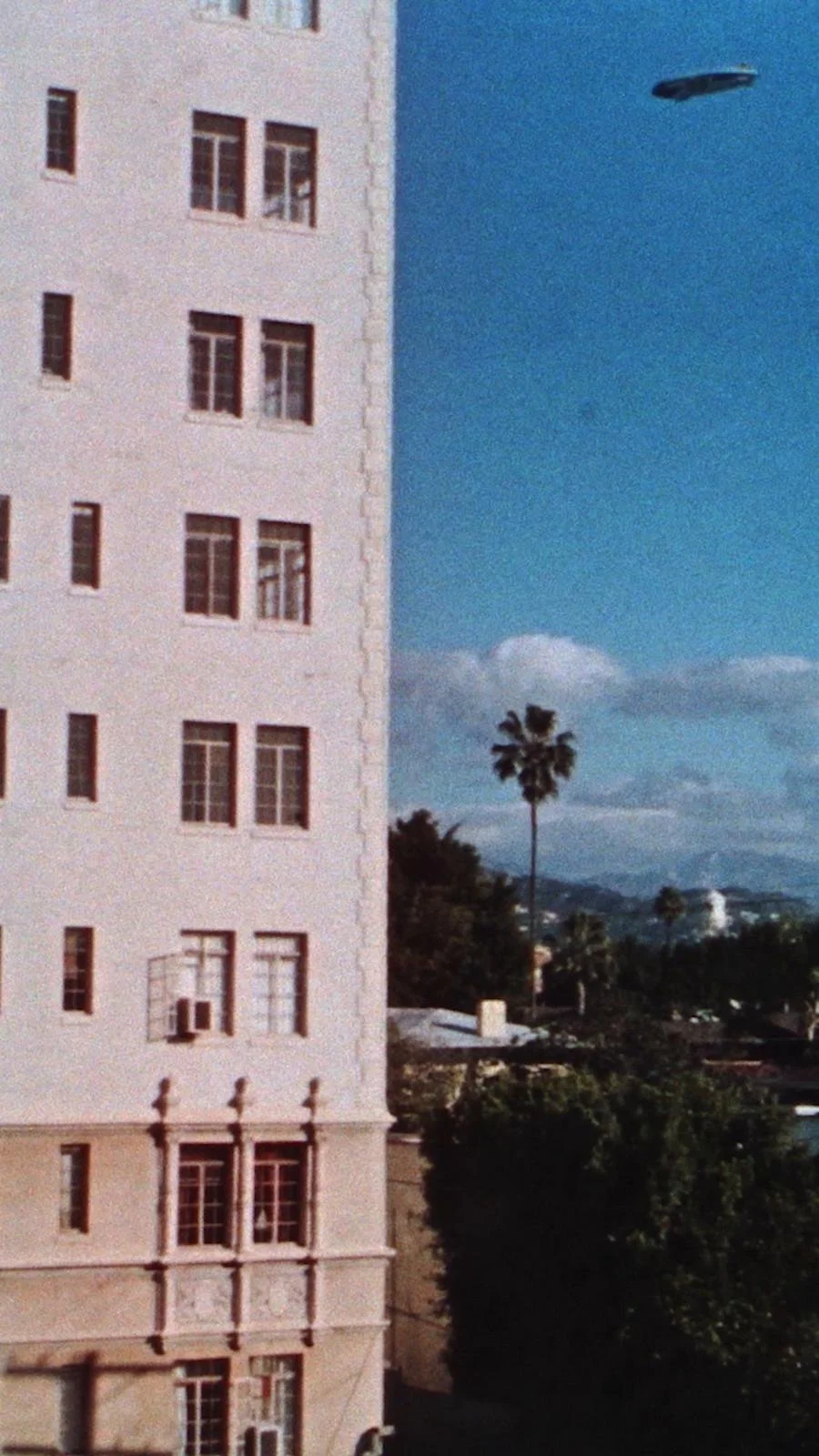
Une écriture du regard - Gisèle Freund | Pavillon Populaire | Montpellier
Pavillon Populaire | Montpellier
6. November 2024 – 9. Februar 2025
Une écriture du regard
Gisèle Freund
Spectateurs, Paris, 14 juillet 1954 © Gisèle Freund
Die Ausstellung Gisèle Freund, une écriture du regard (Gisèle Freund, eine Schrift des Blicks) beleuchtet einen oft ignorierten Teil des Werks dieser wichtigen Figur der Fotografie des 20. Jahrhunderts und präsentiert die dokumentarische Arbeit dieser Fotoreporterin mit einem einzigartigen Werdegang, in dem sich ein starkes politisches Engagement, ein soziologischer Ansatz, eine doppelte Exilerfahrung, eine Anziehungskraft für technologische Innovationen und eine echte Abenteuerlust miteinander verflechten.
Gisèle Freunds Werk wird allzu oft auf ihre beeindruckende Porträtgalerie von Persönlichkeiten aus der Welt der Kunst und der Literatur reduziert, obwohl sie eine viel reichere und komplexere Beziehung zur Fotografie hat, in deren Mittelpunkt das Schreiben steht. Gisèle Freund, eine ausgebildete Soziologin, die zur Fotohistorikerin wurde, und Autorin zahlreicher Bücher, darunter das unumgängliche Buch „Fotografie und Gesellschaft“, nimmt in der Welt der Fotografie eine Sonderstellung ein: Sie ist eine Bildschöpferin, die unermüdlich über ihre Bedeutung und ihren Einfluss auf die Art und Weise, wie wir die Welt wahrnehmen, nachgedacht hat.
Diese doppelte Tätigkeit, sowohl als Akteurin als auch als Denkerin der Fotografie, wird hier in einem dreiteiligen thematischen Rundgang erkundet, der sich auf ihr politisches Engagement und ihre Verbundenheit mit der Soziologie konzentriert. Er stellt ihre Schriften in einen Dialog mit ihren Bildern und ist gesäumt von Archivdokumenten, Publikationen, persönlichen Gegenständen, Filmausschnitten und natürlich einer großen Auswahl an Fotografien, die das Medium in seiner ganzen Materialität und Vielgestaltigkeit zeigen.
Manifestations, Francfort-sur-le-Main, 1er mai 1931 © Gisèle Freund
Mettant en lumière une partie souvent ignorée de l’oeuvre de cette figure majeure de la photographie du xxe siècle, l’exposition Gisèle Freund, une écriture du regard présente le travail documentaire de cette reporterphotographe à la trajectoire singulière, où s’entrelacent un fort engagement politique, une approche sociologique, une double expérience de l’exil, un attrait pour l’innovation technologique, et une véritable soif d’aventure.
Trop souvent réduite à son impressionnante galerie de portraits de personnalités du monde de l’art et de la littérature, l’oeuvre de Gisèle Freund entretient pourtant un rapport beaucoup plus riche et complexe à la photographie, au coeur duquel se trouve l’écriture. Sociologue de formation devenue historienne de la photographie, et autrice de nombreux ouvrages, dont l‘incontournable Photographie et Société, Gisèle Freund occupe en effet une position à part dans le monde de la photographie : celle d’une créatrice d’images qui n’a eu de cesse de réfléchir à leur sens et leur impact sur notre manière de percevoir le monde.
Cette double activité, à la fois d’actrice et de penseuse de la photographie, est ici explorée dans un parcours thématique en trois parties, centré sur son engagement politique et son attachement à la sociologie. Il mettra en dialogue ses écrits avec ses images, et sera jalonné de documents d’archives, de publications, d’objets personnels, d’extraits de films et, naturellement, d’une large sélection de photographies présentant le médium dans toute sa matérialité et son polymorphisme.
Mineurs sans travail devant la mer, Nord de l’Angleterre, 1935 © Gisèle Freund
La mostra Gisèle Freund, une écriture du regard mette in luce una parte spesso trascurata dell'opera di questa importante figura della fotografia del XX secolo, presentando il lavoro documentario di questa reporter-fotografa dalla traiettoria singolare, in cui si intrecciano un forte impegno politico, un approccio sociologico, una doppia esperienza di esilio, l'attrazione per l'innovazione tecnologica e una genuina sete di avventura.
Troppo spesso ridotta alla sua impressionante galleria di ritratti di personalità del mondo dell'arte e della letteratura, l'opera di Gisèle Freund ha tuttavia un rapporto molto più ricco e complesso con la fotografia, al centro del quale c'è la scrittura. Di formazione sociologa e poi storica della fotografia, autrice di numerosi libri, tra cui il fondamentale Photographie et Société, Gisèle Freund occupa una posizione unica nel mondo della fotografia: quella di una creatrice di immagini che non ha mai smesso di riflettere sul loro significato e sul loro impatto sul modo in cui percepiamo il mondo.
Questa duplice attività, come attore e pensatore della fotografia, viene qui esplorata in un percorso tematico in tre parti, incentrato sul suo impegno politico e sul suo attaccamento alla sociologia. Il percorso sarà caratterizzato da un dialogo tra i suoi scritti e le sue immagini e sarà scandito da documenti d'archivio, pubblicazioni, oggetti personali, estratti di film e, naturalmente, da un'ampia selezione di fotografie che mostrano il mezzo in tutta la sua materialità e polimorfismo.
Paysan revenant d’un pèlerinage, Mexique, 1974 © Gisèle Freund
Highlighting an often overlooked part of the work of this major figure in 20th-century photography, the exhibition Gisèle Freund, une écriture du regard presents the documentary work of this reporter-photographer whose singular trajectory intertwines a strong political commitment, a sociological approach, a double experience of exile, an attraction for technological innovation, and a genuine thirst for adventure.
Too often reduced to her impressive gallery of portraits of personalities from the worlds of art and literature, Gisèle Freund's work nonetheless has a much richer and more complex relationship with photography, at the heart of which lies her writing. Trained as a sociologist turned historian of photography, and author of numerous books, including the indispensable Photographie et Société, Gisèle Freund occupies a unique position in the world of photography: that of a creator of images who has never ceased to reflect on their meaning and their impact on the way we perceive the world.
This dual activity, as both an actress and a thinker about photography, is explored here in a three-part thematic tour, focusing on her political commitment and her attachment to sociology. It will feature her writings in dialogue with her images, and will be punctuated by archival documents, publications, personal objects, film extracts and, of course, a wide selection of photographs presenting the medium in all its materiality and polymorphism.
(Text: Lorraine Audric, commissaire de l’exposition)




















